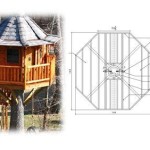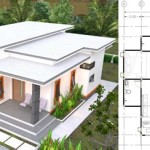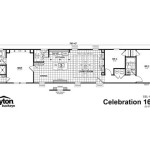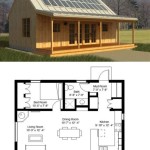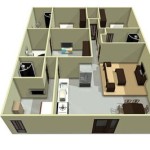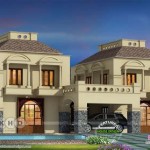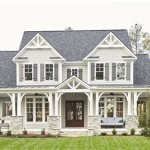The Essential Elements of a Comprehensive Design Brief for a House Plan
A well-crafted design brief is paramount to ensuring that your dream home aligns perfectly with your vision, needs, and lifestyle. Here's a comprehensive guide to the essential aspects of a design brief for a house plan:
1. Define Your Needs and Requirements
Start by outlining the practical aspects of your home, such as the number of bedrooms, bathrooms, and living areas required. Consider your current and future needs, including space for children, guests, or hobbies. Specify any special requirements, such as accessibility features or specific room layouts.
2. Describe Your Lifestyle and Preferences
Next, delve into the details that reflect your lifestyle and preferences. Describe how you envision using the different spaces in your home. Consider the types of activities you enjoy, the furniture you plan to use, and the desired ambiance. Personalizing your design brief with lifestyle details ensures that your home becomes a true reflection of who you are.
3. Outline Your Aesthetic Preferences
Incorporate your aesthetic vision into the brief. Describe the architectural style that appeals to you, whether it's traditional, contemporary, modern, or something else. Specify your preferences for exterior and interior finishes, including materials, colors, and textures.
4. Provide Site Information and Constraints
Provide detailed information about the site where your home will be built, including its dimensions, orientation, slope, and existing features such as trees or bodies of water. Outline any constraints or limitations that may influence the design, such as zoning regulations or building codes.
5. Set a Realistic Budget
Establish a realistic budget for your project, taking into account all aspects of construction and design. Communicate this clearly with the architect or designer to ensure that the proposed plan aligns with your financial capabilities.
6. Research and Provide Inspiration
Gather inspiration from magazines, websites, or previous projects that resonate with your vision. Share images, sketches, or mood boards with the architect or designer to illustrate your ideas and provide visual context for the desired design.
7. Timeline and Communication Expectations
Set a realistic timeline for the design and construction process, including milestones and deadlines. Establish clear communication channels to facilitate seamless collaboration between you and the architect or designer. Specify preferred methods of contact and the frequency of updates.
8. Legal Considerations
Consult with an attorney to review the design brief and ensure that it complies with legal requirements, including building codes and zoning regulations. This will help avoid potential delays or complications during the construction phase.
9. Finalize and Review
Once you have incorporated all the essential elements, finalize the design brief and review it carefully with the architect or designer. Ensure that it accurately reflects your vision, needs, and requirements. Consider seeking feedback from family members or trusted friends to gain different perspectives on the design.
10. Professional Collaboration
Partner with a reputable architect or designer who understands your vision and can translate it into a functional and aesthetically pleasing house plan. Open communication, transparency, and a collaborative approach will ensure the best possible outcome for your dream home.

Design Brief For Family Home

Floor Plans How To Design The Perfect Layout Cherished Bliss

Architectural Design Brief

House Plans How To Design Your Home Plan

Simlpe House Design Floor Plan Template

Design Brief Template 25 Examples Format

De Brief Or Ysis Interior Design Template Example

House Plans How To Design Your Home Plan

Modern Bungalow House Floor Plans Design Drawings 2 Bedroom 1 Story Garage

Simple House Design 3 Bedroom Plan H3

